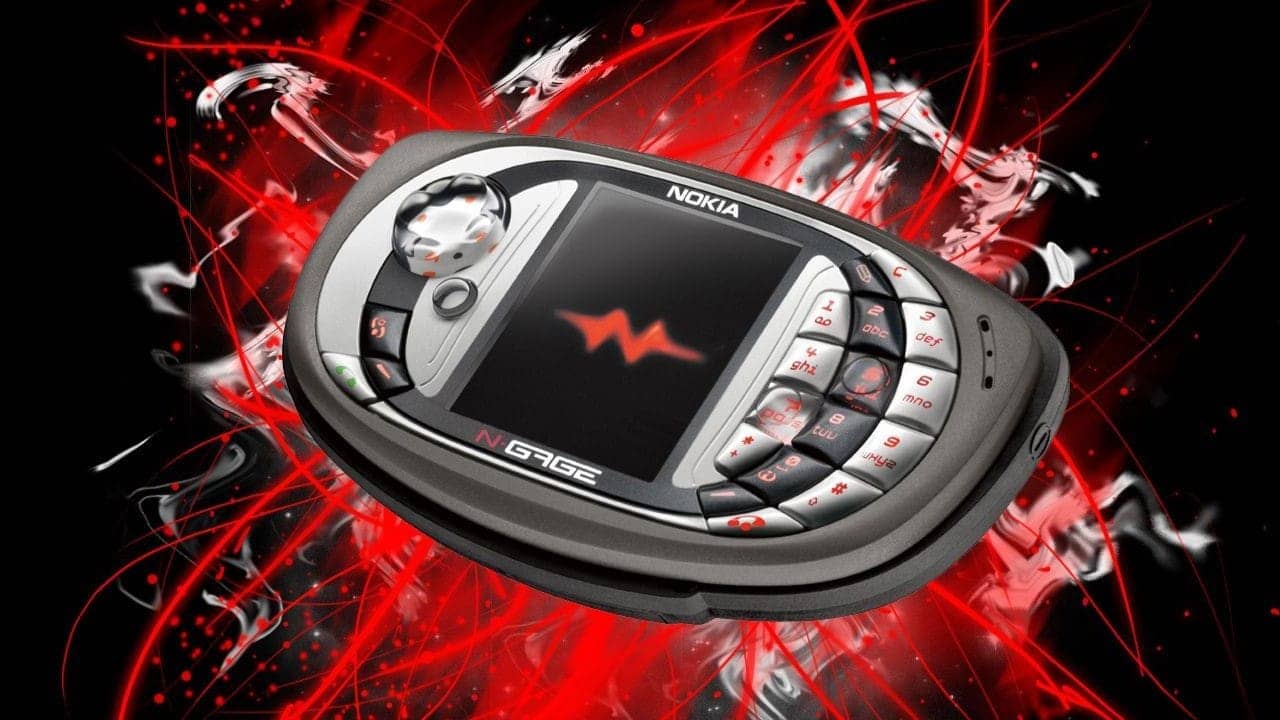Let’s face it: as awesome as the PSP was (and still is), its Wi-Fi support feels a bit… ancient in today’s world. The handheld’s built-in Wi-Fi was designed for the old WEP and WPA1 networks—meaning it can’t handle modern routers that only run WPA2 and WPA3. So, even if your PSP still boots up like a champ, getting it online can feel like mission impossible.
But don’t worry—thanks to the brilliant efforts of developer Moment, there’s now a plugin called wpa2psp that brings your PSP back to life on today’s Wi-Fi networks. This community-driven lifesaver cracks the code and lets your modded PSP connect to modern routers running WPA2 encryption.
In this tutorial, we’ll walk you through the entire process step-by-step. Plus, we’ve included a comprehensive troubleshooting section to tackle any snags you might run into along the way. Whether you’re a die-hard PSP fan from way back, a homebrew tinkerer, or just someone looking to keep your handheld alive and online, you’re in the right place. Let’s dive in!
Why The PSP Struggles With Modern Wi-Fi
When the PSP first launched back in 2004, it was cutting-edge for the time. It could connect to Wi-Fi networks, browse the web (sort of), and even let you play a few games online. But here’s the rub: its built-in Wi-Fi support was designed around the security standards of that era—specifically, WEP and WPA1. Back then, these were the industry norms, but as we all know, technology never stands still.
Fast-forward to today, and things look pretty different. Most routers have moved on to stronger security standards like WPA2 and the even newer WPA3. These modern encryptions keep your home network safer, but they also leave the PSP out in the cold. As a result, even if your PSP can see your Wi-Fi network, it just can’t connect because it doesn’t understand how to handle WPA2 or WPA3 encryption.
Enter the wpa2psp plugin, a clever little homebrew marvel that bridges this gap. Developed by the talented coder Moment, this plugin essentially upgrades your PSP’s Wi-Fi capabilities, letting it speak the same language as your modern router. It’s the missing link that brings the PSP back online, bypassing its original limitations and giving it a fresh lease of life in the age of WPA2 and beyond!
What You’ll Need
Before we get your PSP back in the online groove, let’s make sure you’ve got everything lined up:
- A modded PSP – You’ll need custom firmware (CFW) installed. This works on the PSP-1000, 2000, 3000, and Go models. (Heads-up: this won’t work on the Street e1000 model—sorry, Street fans!)
- The wpa2psp plugin – You can grab it directly here: Download the wpa2psp plugin.
- A computer with a USB cable – You’ll be hooking up your PSP to your PC to transfer the plugin files.
- A router with a 2.4 GHz WPA2 AES network – Make sure your Wi-Fi runs on the 2.4 GHz band and uses WPA2 with AES encryption. (No 5 GHz here—your PSP doesn’t speak that language!)
Once you’ve got all these in place, you’re all set to bring your trusty PSP back to the Wi-Fi party. Let’s get to it!
Installing the wpa2psp Plugin
Alright, let’s get that plugin up and running! Here’s how to do it step-by-step:
- First, connect your PSP to your computer using a USB cable.
- On your PSP, head to Settings > USB Connection to enable USB mode. This will mount your PSP’s memory stick (or internal memory on PSP Go) as a drive on your computer.
- Locate the downloaded wpa2psp.prx file.
- Copy it to your seplugins folder on the PSP.
- 📁 Path: seplugins/wpa2psp.prx
- Inside the seplugins folder, you’ll find two important text files: VSH.txt and GAME.txt. Open each file in a plain text editor (like Notepad) and add the following line at the end:
- For standard PSP (Memory Stick): ms0:/seplugins/wpa2psp.prx 1
- For PSP Go (internal memory): ef0:/seplugins/wpa2psp.prx 1
- Save your changes and close the files.
Enable the Plugin in VSH Menu
Time to power up the plugin! On your PSP:
- Press the SELECT button to open the VSH menu.
- Navigate to the Recovery Menu, then go to the Plugins section.
- Press X to enable the wpa2psp.prx file.
- Finally, go back and choose Reset VSH to reboot the PSP and load the plugin.
Your PSP is now WPA2-ready! Let’s connect it to your Wi-Fi next.
Connecting to Wi-Fi
Now that the plugin is installed and enabled, it’s time to get your PSP connected to your Wi-Fi network!
- On your PSP’s home screen, go to:
- Settings > Network Settings.
- Select Infrastructure Mode and then create a New Connection.
- Your PSP will scan for available networks. Find your Wi-Fi network in the list and select it.
- Enter your Wi-Fi password when prompted.
- Make sure you use the correct password—case sensitive!
- Save the connection profile and then test it to confirm that your PSP can hop online.
Reminder: Don’t forget to flip the WLAN switch on the left side of your PSP. If it’s off, your Wi-Fi dreams won’t take off!
And there you have it—your PSP is now officially Wi-Fi-capable in the modern world! Let’s tackle any hiccups next in the troubleshooting section.
Important Compatibility & Security Notes
Before you start enjoying your newly connected PSP, here’s what you need to know about network requirements and security best practices:
Network Requirements
- Frequency: Your PSP’s Wi-Fi only works on the 2.4 GHz band—no 5 GHz support here!
- Encryption: Use WPA2 AES only—TKIP is not supported.
- Router Mode: For best results, separate your 2.4 GHz and 5 GHz SSIDs.
- Bandwidth: Set your router to 20 MHz for the 2.4 GHz band—this avoids interference issues.
- Security Type: Stick to WPA2-Personal for a solid, stable connection.
Security Notes
- WPA2 disables legacy WEP/WPA connections.
- Avoid WPA/WPA2 mixed mode—it can trip up the PSP plugin. Go full WPA2 for smooth sailing.
- If your router uses WPA2/WPA3 mixed mode, you might need to set up your PSP’s IP details manually.
Note for PSP Street (E1000) Users: Unfortunately, the PSP Street (E1000) model does not support this plugin. If that’s your model, you’re stuck with offline fun only.
Troubleshooting Guide
Here’s a quick-reference guide to solve common headaches and get your PSP back online:
Network Not Found
- Double-check your router is broadcasting on 2.4 GHz only.
- Enable 802.11b compatibility for older devices.
- Set your router’s bandwidth to 20 MHz—this helps avoid frequency interference.
DNS Error (80410410)
- Try using Google DNS: 8.8.8.8 / 8.8.4.4
- Or Cloudflare DNS: 1.1.1.1 / 1.0.0.1
- Set your PSP’s MTU to 1492 instead of 1500.
- If you’re using ARK4’s built-in WPA2, temporarily disable it in Extras > Custom Firmware Settings.
Connection Times Out
- Delete your current Wi-Fi profile and create a fresh connection.
- Power cycle your PSP completely—hold the power switch up for a few seconds.
- Check your router’s channels: channels 1, 6, and 11 are most stable.
Plugin Not Loading
- Double-check the plugin’s file path and name: ms0:/seplugins/wpa2psp.prx 1.
- Make sure there are no extra spaces or characters in VSH.txt.
- Delete and recreate the plugin config if needed.
Can’t Get IP Address
- Disable IPv6 on your router—PSP only uses IPv4.
- Make sure your Wi-Fi is set to WPA2-PSK (AES), not enterprise or mixed.
- If all else fails, try static IP configuration:
Example static IP config:
-
- IP: 192.168.1.50 (unused address in your network)
- Subnet Mask: 255.255.255.0
- Gateway: 192.168.1.1 (your router’s IP)
- DNS: 8.8.8.8 / 8.8.4.4 (Google) or 1.1.1.1 / 1.0.0.1 (Cloudflare)
Plugin Crashes
- Check if your custom firmware (CFW) is compatible with the plugin.
- Remove any conflicting plugins that might interfere.
- Do a fresh install of the plugin—copy the latest files and rewrite your plugin config.
Conclusion
You’ve made it! With the wpa2psp plugin and a bit of router wizardry, you’ll be ready to keep your PSP surfing the web like it’s 2007 all over again—except faster and better! If you hit a snag or want to share your success story, drop a comment below—we’d love to hear from you! Happy modding, and enjoy the nostalgia trip!





